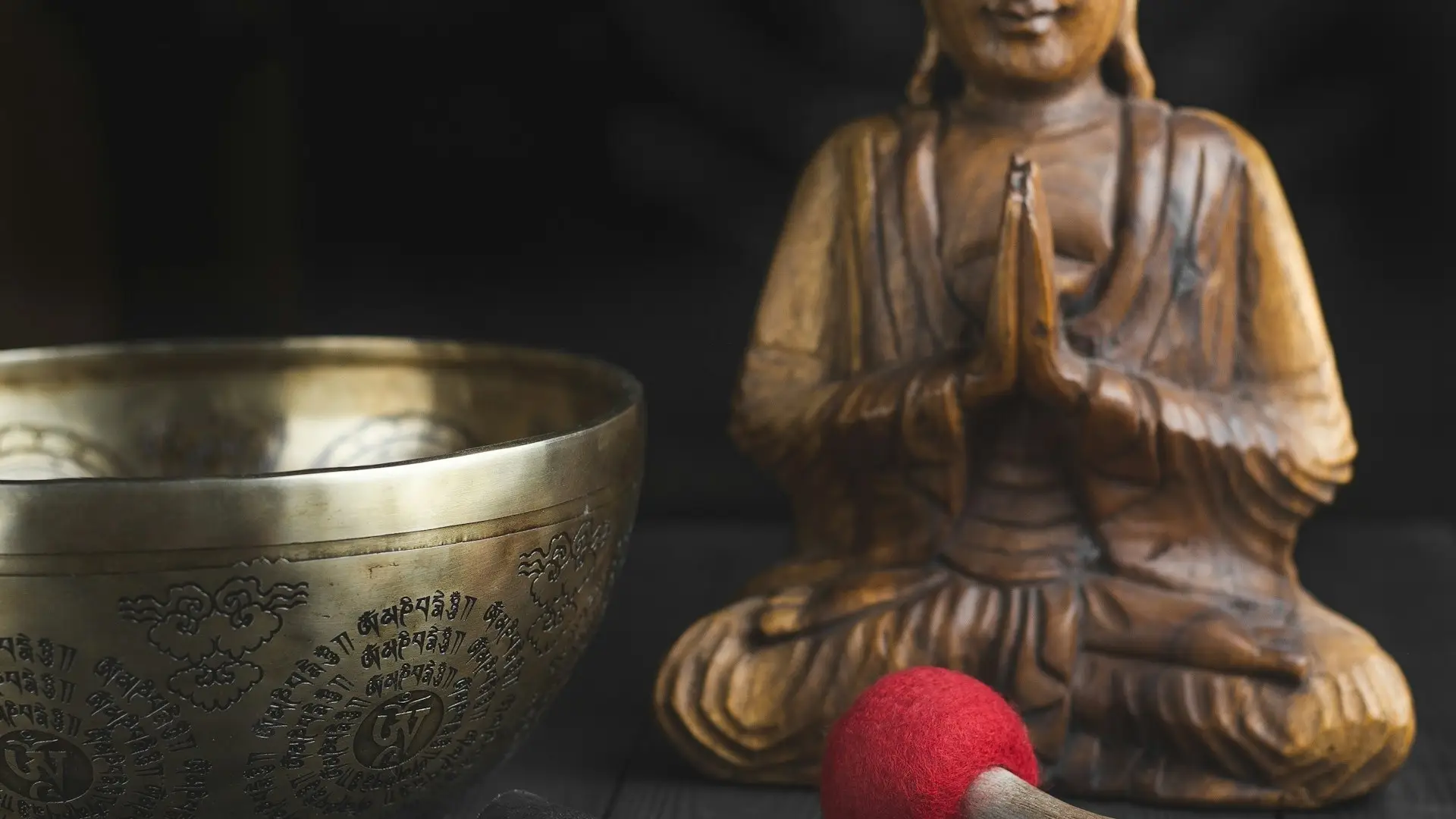Navigating the world of meditation can feel like exploring a vast library with thousands of books—each one offers a different path to a similar goal. The term “meditation” itself doesn’t refer to a single practice, but to a wide collection of techniques for training attention and awareness. It’s crucial to understand that the technique is only half of the equation; your intent is what truly shapes the outcome. A practice like visualization, for instance, can be used to manifest goals, reprogram your mindset, or journey into spiritual realms, all depending on the intention you set.
Mindfulness Meditation
Mindfulness meditation is the practice of maintaining a moment-by-moment awareness of our thoughts, feelings, bodily sensations, and surrounding environment. The core principle is non-judgmental observation. Instead of getting lost in your thoughts or trying to suppress them, you simply notice them as they arise and pass. This practice, with roots in Buddhist traditions like Vipassana, trains the mind to be more present and less reactive to the constant stream of internal and external stimuli.
Guided Meditation
A guided meditation is any session led by a teacher, instructor, or audio recording. It’s an excellent starting point for beginners because it provides structure and removes the guesswork of what to do next. The narrator’s voice directs your attention, often walking you through visualizations, body scans, or specific breathing patterns. This format is incredibly versatile, as a guided session can be designed to achieve almost any goal, from deep relaxation to enhanced focus.
Breathwork
Breathwork involves the conscious and systematic regulation of your breathing patterns to influence your mental, emotional, and physical state. While the breath is a common anchor in many meditation styles, breathwork makes it the central focus of the practice. Different techniques can have vastly different effects; slow, deep diaphragmatic breathing can activate the body’s relaxation response and calm anxiety, whereas rapid, dynamic patterns found in practices like pranayama can increase energy and induce altered states of consciousness.
Body Scan Meditation
The body scan meditation is a technique where you bring focused attention to various parts of your body in a sequential manner. You might start from the tips of your toes and slowly “scan” your way up to the top of your head, noticing any sensations—such as warmth, tingling, tension, or coolness—without judgment. The purpose is not to change these sensations, but simply to acknowledge their presence. This practice is highly effective for grounding yourself in the present moment and strengthening the mind-body connection.
Spiritual Meditation
Spiritual meditation describes any practice whose primary purpose is to connect with a deeper dimension of yourself or the universe. The goal transcends simple stress reduction and aims for insight, self-realization, or a direct experience of the sacred. This broad category includes many traditions, such as shamanic meditation, which involves journeying into non-ordinary states of consciousness for healing and wisdom. It also includes practices like chakra meditation, which derives from energy healing traditions and focuses on balancing the body’s subtle energy centers to promote spiritual and physical well-being.
Relaxation Meditation
As the name suggests, this category of meditation has the direct and primary goal of inducing deep physical and mental relaxation. These techniques are specifically designed to reduce stress, calm the nervous system, and promote a state of restful peace. A powerful example is loving-kindness meditation, where the practitioner focuses on generating feelings of goodwill, kindness, and compassion for themselves and others. By cultivating these positive emotional states, you actively soothe the mind and counter feelings of anxiety and frustration.
Movement Meditation
Movement meditation uses the body’s motion as the anchor for your awareness. For those who find it difficult to sit still, these practices offer a dynamic way to cultivate a state of present-moment focus. The key is to synchronize your physical actions with your attention, creating a state of flowing concentration. Well-known examples include yoga, where awareness is placed on the breath and body through different postures, as well as qigong and walking meditation.
Other Types of Meditation
Beyond the broad categories, there are numerous specific and highly effective styles of meditation. Many of these are disciplined forms that have been practiced for centuries.
- Mantra Meditation: This involves the silent or audible repetition of a sound, word, or phrase (a mantra) to focus the mind. Transcendental Meditation (TM) is a well-known example of mantra meditation.
- Trataka (Yogic Gazing): This is a focused-attention practice where, in its most basic form, you fix your gaze on a single point, most commonly a candle flame, to develop concentration and mental clarity. It has two forms: external (flame gazing, basic form), and internal (flame visualization, advanced form).
- Introspective Meditation: Also known as analytical meditation, this practice uses a state of focus to actively investigate a question or concept. Instead of just observing the mind, you use it as a tool to deconstruct beliefs and arrive at a deeper understanding.
- Vipassana and Zazen: These are disciplined forms of Buddhist meditation. Vipassana is a rigorous insight practice, while Zazen is the formal seated meditation at the heart of Zen practice, often involving precise posture and breath-counting.
Choosing the Right Practice
With so many options, the best way to start is by aligning a practice with your personal goals. If your primary aim is to reduce stress, mindfulness or relaxation meditation may be the most direct path. If you seek more energy, certain breathwork techniques could be beneficial. For those on a path of self-discovery, spiritual or introspective meditation might be more appropriate. Experimenting is key, and it’s often helpful to receive guidance when starting out. Many teachers, including me (at primexaos), guide students through various forms of meditation to help them find what truly resonates with their unique disposition and goals.



